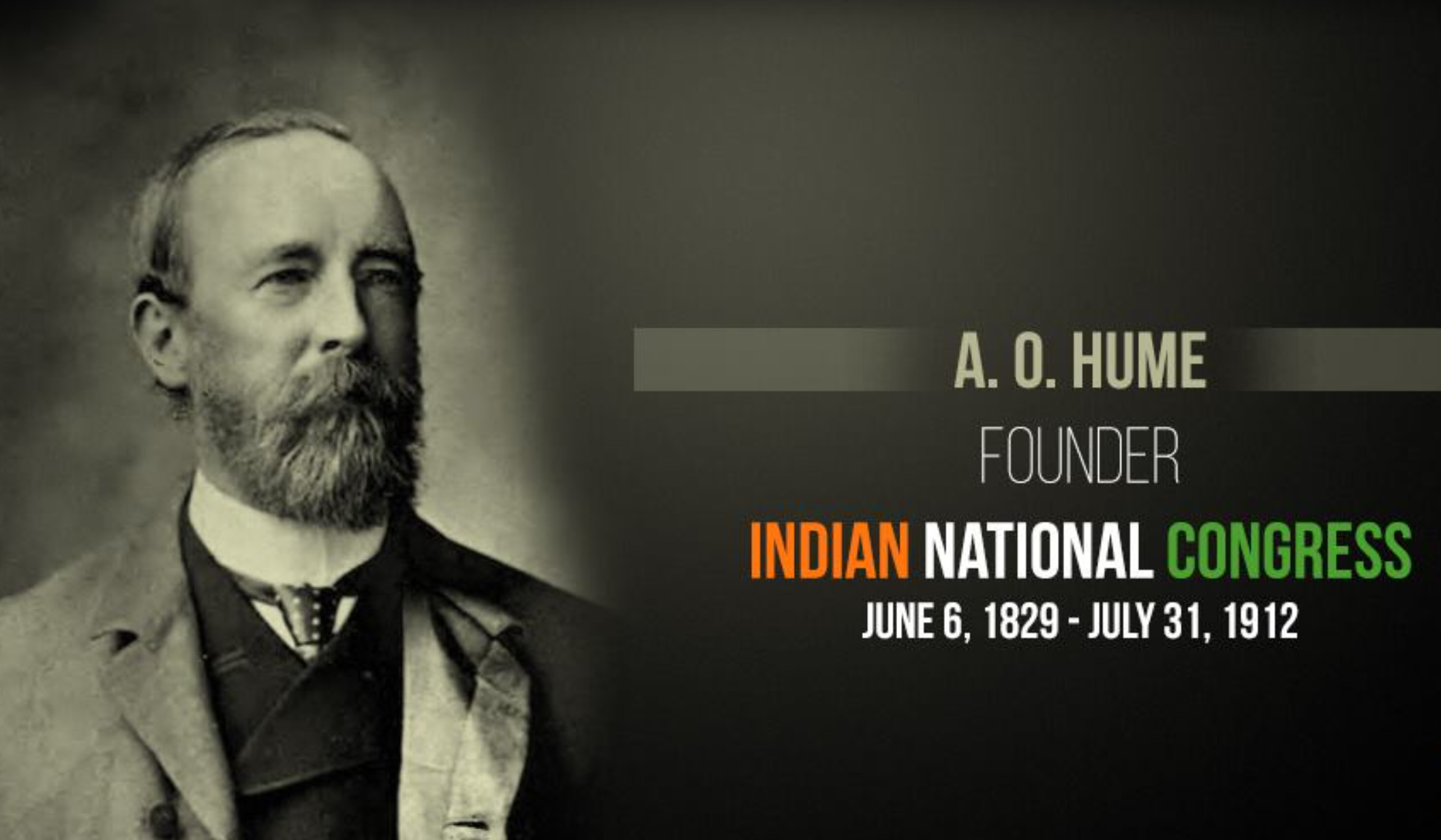Safety Valve Theory of Indian National Congress
The Safety Valve Theory emerged as an explanation for the founding of the Indian National Congress (INC) by British colonial authorities. This theory suggests that the British, fearing another rebellion similar to the Mutiny of 1857, aimed to provide a platform for the people to voice their political grievances. This article explores the origins of the Safety Valve Theory, the role of key individuals like A.O. Hume, and the subsequent establishment and growth of the Indian National Congress.
Origins of the Safety Valve Theory
The concept of the Safety Valve Theory stemmed from the British perception of the political climate in India. Following the Mutiny of 1857, the British authorities were apprehensive about the potential for another uprising. They believed that educated Indians might emerge as leaders and organize a rebellion against their rule. In an attempt to preempt such an event, the British government sought to create a platform where Indians could express their concerns and grievances, thereby redirecting their dissent into more peaceful channels.
A.O. Hume and the Birth of the Indian National Congress
A key figure associated with the foundation of the Indian National Congress was A.O. Hume, a retired British Civil Servant. Hume engaged in a series of meetings with Lord Dufferin, the Viceroy of India, to discuss the establishment of a political platform for Indians. He also garnered support from influential individuals such as Sir James Caird, Lord Ripon, John Bright, Sir William Wedderburn, George Yule, and Charles Bradlaugh.
The British believed that by involving Hume, an Englishman and a distinguished ex-official, as the founder of the Indian National Congress, they could alleviate the widespread distrust of political agitation at the time. They felt that had an Indian initiated such a movement, the colonial authorities would have swiftly suppressed it. Gopal Krishna Gokhle acknowledged the British contribution to the foundation of the Congress, stating, “No Indian could have started the Indian National Congress…the authorities would have at once found some way or the other to suppress the movement.”
The Emergence of the Indian National Congress
The second session of the Indian National Congress took place in Calcutta in December 1886, with Dadabhai Naoroji serving as its president. The 436 delegates in attendance were elected by various local organizations and groups. The majority of these delegates represented the educated class of India, comprising lawyers, journalists, traders, industrialists, teachers, and some landlords. The success of the second session led the leaders to decide on an annual meeting in December, to be held in different parts of the country.
As the years went by, the Indian National Congress grew in strength and influence. By 1889, the number of delegates had risen to 2,000. The Congress provided a platform for Indians from diverse backgrounds to come together, discuss their political concerns, and advocate for their rights. Though initially viewed with suspicion by some Muslims, leaders like Badruddin Taybji played an active role within the organization.
Legacy and Conclusion
While the Safety Valve Theory has been largely discarded in contemporary scholarship, it is important to acknowledge the British contribution to the creation of the first pan-Indian political front, the Indian National Congress. The British authorities’ decision to support the establishment of the Congress, under the leadership of A.O. Hume, allowed for the mobilization and organization of Indians across different regions and social groups. Over time, the Indian National Congress became a significant force in the fight for independence and played a crucial role in shaping modern India.


